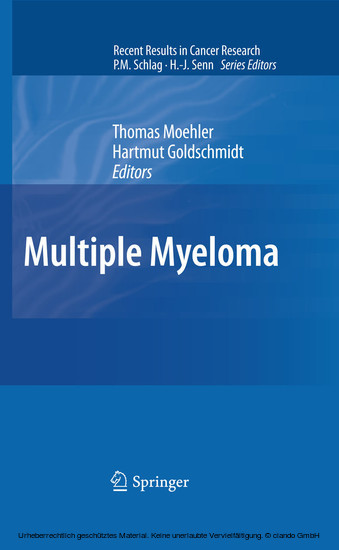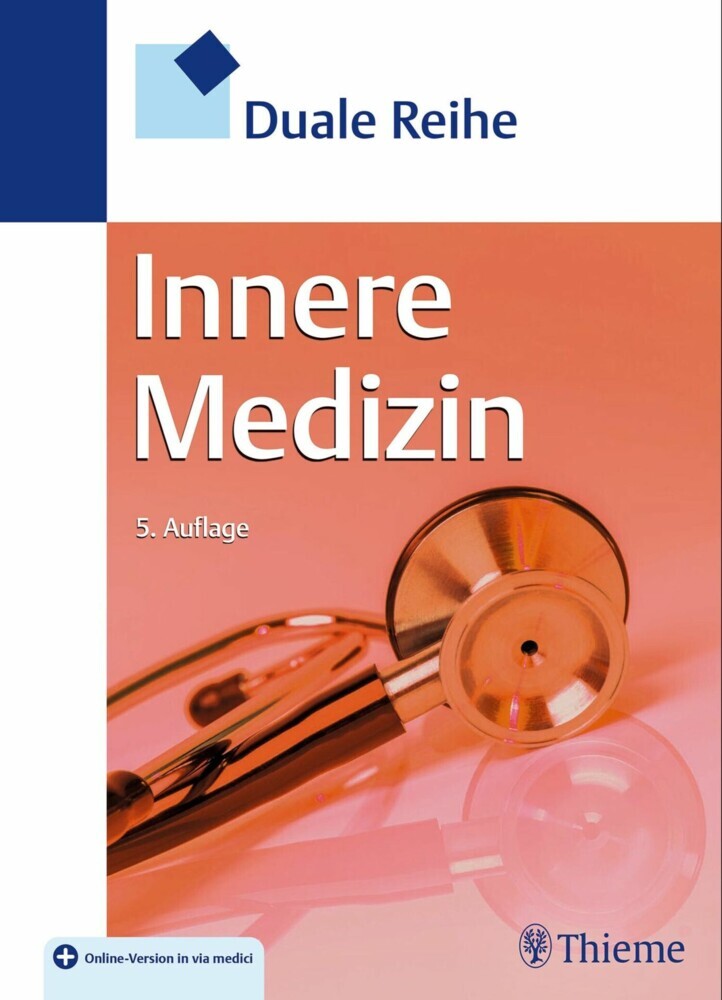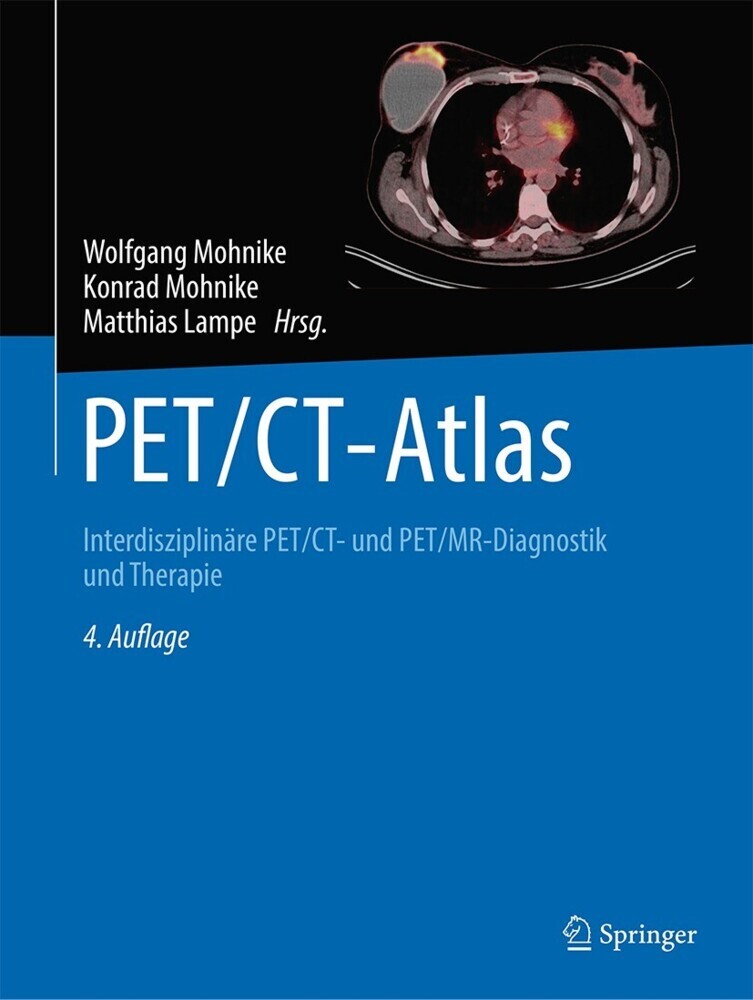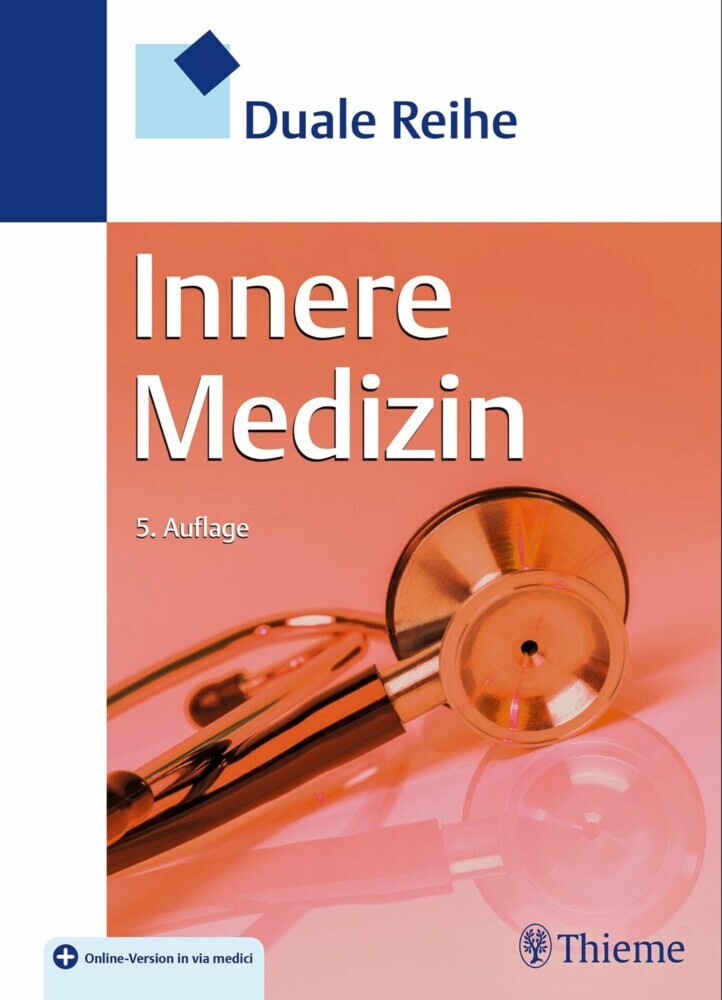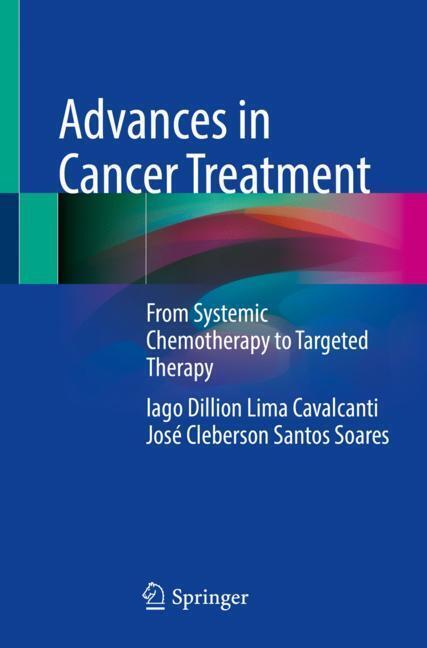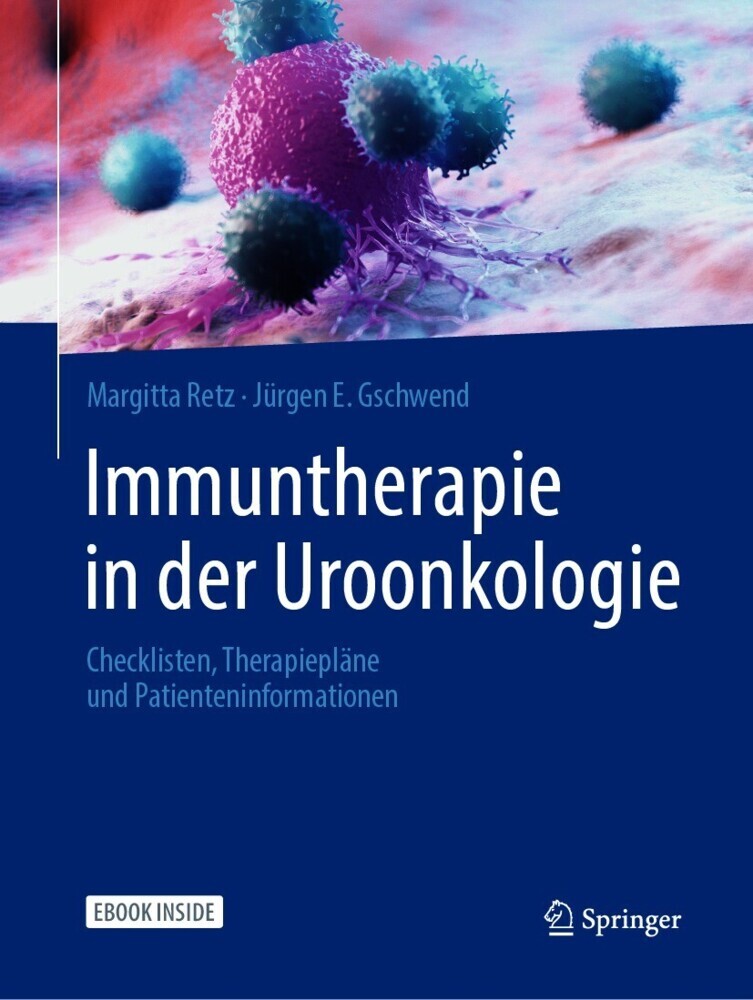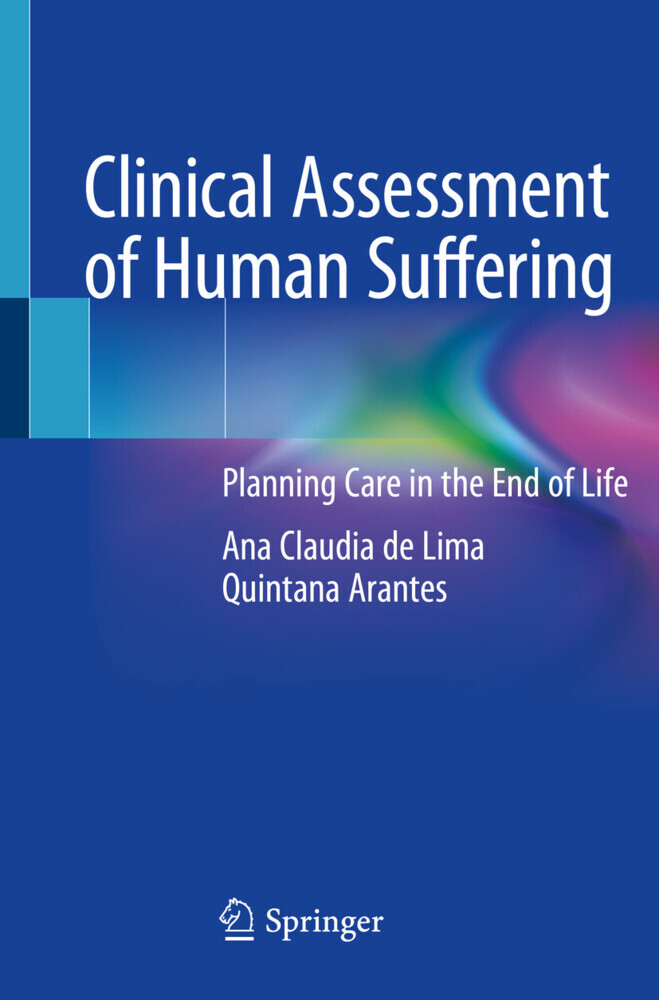Multiple Myeloma
Multiple Myeloma
Multiple myeloma is currently still an incurable disease, but during the past decade knowledge of its molecular pathogenesis has increased rapidly. This has led to remarkable progress in both diagnosis and therapy, including in particular the approval of novel and first-in-class drugs such as thalidomide, bortezomib, and lenalidomide. This book, written by internationally acknowledged experts, covers a wide range of topics relating to multiple myeloma, including history, epidemiology, pathophysiology, clinical features, staging, and prognostic systems. The principal focus, however, is on therapy, with detailed information on the various promising treatment options which give hope that this cancer will be transformed into a chronic disease or even become curable. Individualized therapy and the variety of supportive treatment options, as described in this volume, will help in achieving this goal, as well as in reducing adverse events and improving quality of life.
1;Copyright Page;5 2;Dedication;6 3;Foreword;8 4;Preface;10 5;Acknowledgements;12 6;Contents;14 7;Contributors;22 8;Part I History and Epidemiology;25 8.1;1: History of Multiple Myeloma;26 8.1.1;1.1 Ancient Origins;27 8.1.1.1;1.1.1 Early Well-Documented Cases;27 8.1.2;1.2 Henry Bence Jones (1813-1873);30 8.1.3;1.3 Other Contributions to Bence Jones Proteinuria;33 8.1.4;1.4 Other Early Cases of Multiple Myeloma;34 8.1.4.1;1.4.1 The Case of Dr. Loos;34 8.1.4.2;1.4.2 The First Myeloma Case in America;35 8.1.4.3;1.4.3 Recognition of the Poor Prognosis Associated with Bence Jones Protein;36 8.1.4.4;1.4.4 Case Series;36 8.1.4.5;1.4.5 Plasma Cells;36 8.1.4.6;1.4.6 Antibodies;37 8.1.4.7;1.4.7 Electrophoresis;37 8.1.4.8;1.4.8 Monoclonal Versus Polyclonal Gammopathies;38 8.1.5;1.5 Alkylator and Corticosteroid-Based Therapy;38 8.1.5.1;1.5.1 Urethane;38 8.1.5.2;1.5.2 Melphalan;39 8.1.5.3;1.5.3 Prednisone;39 8.1.5.4;1.5.4 Alkylator Combinations;39 8.1.6;1.6 Stem Cell Transplantation;40 8.1.6.1;1.6.1 Novel Agents;40 8.1.6.1.1;1.6.1.1 Thalidomide;40 8.1.6.1.2;1.6.1.2 Bortezomib;41 8.1.6.1.3;1.6.1.3 Lenalidomide;42 8.1.7;References;42 8.2;2: Epidemiology of Multiple Myeloma;47 8.2.1;2.1 Descriptive Epidemiology;48 8.2.2;2.2 Etiology;48 8.2.2.1;2.2.1 Tobacco;48 8.2.2.2;2.2.2 Alcohol;51 8.2.2.3;2.2.3 Diet;51 8.2.2.4;2.2.4 Obesity;51 8.2.2.5;2.2.5 Physical Activity;52 8.2.2.6;2.2.6 Hormonal Factors;52 8.2.2.7;2.2.7 Environment and Occupation;52 8.2.2.8;2.2.8 Ionizing Radiation;52 8.2.2.9;2.2.9 Inheritance;53 8.2.2.10;2.2.10 Medical History, Viruses, Immunological Conditions;53 8.2.3;2.3 Summary;53 8.2.4;References;55 9;Part II Pathophysiology;58 9.1;3: Molecular Pathogenesis of Multiple Myeloma: Chromosomal Aberrations, Changes in Gene Expression, Cytokine Networks, and th;59 9.1.1;3.1 Survival, Growth, and Inhibitory Factors of Normal Plasma Cells;60 9.1.1.1;3.1.1 Survival and Growth Factors of Normal Plasma Cells and Their Generation;60 9.1.1.2;3.1.2 Inhibitory Factors Expressed by Normal Plasma Cells;63 9.1.2;3.2 Chromosomal Aberrations;64 9.1.2.1;3.2.1 Background and Methods;64 9.1.2.2;3.2.2 Types of Chromosomal Aberrations;66 9.1.2.3;3.2.3 Association of Chromosomal Aberrations;67 9.1.2.4;3.2.4 Clonal, Subclonal, and Progression-Related Aberrations and Chromosomal Instability;67 9.1.2.5;3.2.5 Prognostic Relevance of Chromosomal Aberrations;68 9.1.3;3.3 Changes in Gene Expression in Multiple Myeloma;70 9.1.3.1;3.3.1 Gene Expression-Based Classifications in Myeloma;70 9.1.3.2;3.3.2 Gene Expression and Risk Stratification;71 9.1.4;3.4 Proliferation and Cell Cycle Regulation;72 9.1.4.1;3.4.1 "Potential to Proliferate" of Normal Plasma Cells;72 9.1.4.2;3.4.2 D-Type Cyclin Expression in Myeloma;73 9.1.4.3;3.4.3 Proliferation of Malignant Plasma Cells;73 9.1.5;3.5 Myeloma Cell Survival and Proliferation Factors;74 9.1.5.1;3.5.1 Interferon Alpha/Interleukin-6 Family and Activation of the JAK/STAT and MAP Kinase Pathways;75 9.1.5.2;3.5.2 Factors Activating the PI-3 and MAP Kinase Pathways: Insulin-Like Growth Factor 1, Heparin-Binding Growth Factors;76 9.1.5.2.1;3.5.2.1 Insulin-Like Growth Factor 1 (IGF-1);76 9.1.5.2.2;3.5.2.2 Insulin;77 9.1.5.3;3.5.3 Heparin-Binding Factors;78 9.1.5.3.1;3.5.3.1 Heparin-Binding Epidermal Growth Factors;78 9.1.5.3.2;3.5.3.2 Hepatocyte Growth Factor (HGF);78 9.1.5.3.3;3.5.3.3 Fibroblast Growth Factor (FGF);79 9.1.5.4;3.5.4 Factors Activating NF-Kappa B: BAFF Family;79 9.1.5.5;3.5.5 Hierarchy of Myeloma Cell Growth Factors and Potential Clinical Applications;79 9.1.6;3.6 Multiple Myeloma Cells and the Microenvironment;80 9.1.6.1;3.6.1 Pathogenesis of Myeloma-Induced Bone Disease;81 9.1.6.2;3.6.2 Patterns and Healing of Bone Defects;83 9.1.6.3;3.6.3 Therapeutic Strategies for Treatment and Prevention of Myeloma Bone Disease;84 9.1.7;3.7 Pathogenetic Model of Multiple Myeloma;84 9.1.7.1;3.7.1 Disease Activity, Tumor Load, and Molecular Characteristics of Myeloma Cells;87 9.1.7.1.1;3.7.1.1 Describing Disease Activity;87 9
Moehler, Thomas
Goldschmidt, Hartmut
| ISBN | 9783540857723 |
|---|---|
| Artikelnummer | 9783540857723 |
| Medientyp | E-Book - PDF |
| Auflage | 2. Aufl. |
| Copyrightjahr | 2011 |
| Verlag | Springer-Verlag |
| Umfang | 340 Seiten |
| Sprache | Englisch |
| Kopierschutz | Digitales Wasserzeichen |

